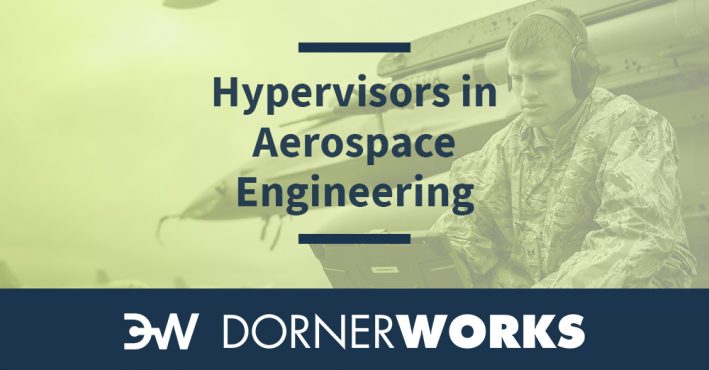
Engineers in the aerospace sector are focused on bringing rapid innovation to the design, manufacturing and testing of aircrafts. They have a lot on their minds – they want every product they build to be faster, safer, more secure and more capable than the previous iteration. As they look to tackle projects with more and more complexity, they find themselves looking to a heavy volume of different hardware and software solutions to help them design and implement systems. Hypervisors can be the solution to the complexity of aerospace systems.
Here are five benefits of the hypervisor, all of which show room for further improvement still.
A hypervisor can consolidate systems that needed multiple processors and boards into a single board. The software on each board can now just run on its own hypervisor partition. This reduces the size, weight, and power consumption of the system.
It can be tricky to constantly switch back and forth between different development environements for multiple boards. Luckily, hypervisors eliminate that need, making it easier to develop as efficiently as possible.
Data security is a major issue for everyone these days, but virtualization lessens the chance of any important information slipping through the cracks by partitioning secure data from non-secure data. Engineers can sleep easy, knowing their work is safe.
If one piece of software fails, that’s perfectly fine – just lean on another instead. Redundancy is easy to build in with a hypervisor and when a partition fails it doesn’t affect any of the other partitions.
When software is written for a partition in a hypervisor, that software can continue to be used with that hypervisor, regardless of what hardware it is on. So as long as the hypervisor works on the hardware you want, it is easy to move that software. This simplifies the process of upgrading a system to new hardware.
Hypervisors can bring a lot of value to aerospace applications by reducing cost and increasing safety and security. DornerWorks has discovered this through developing our own hypervisor for aerospace applications, part of the Virtuosity distribution.